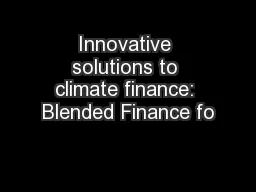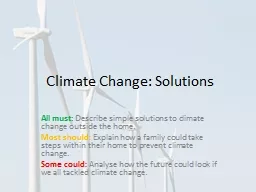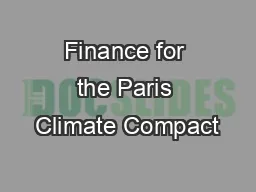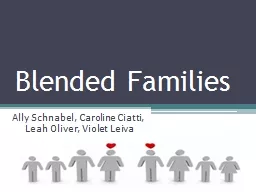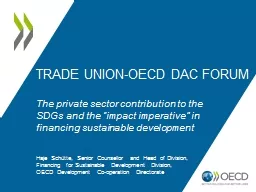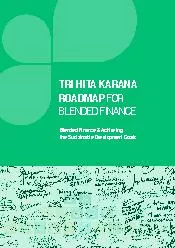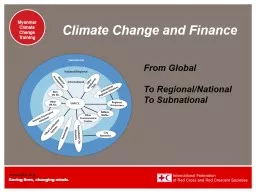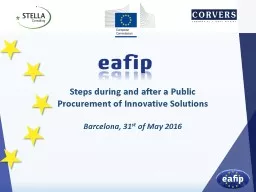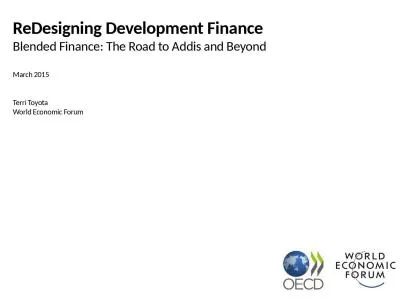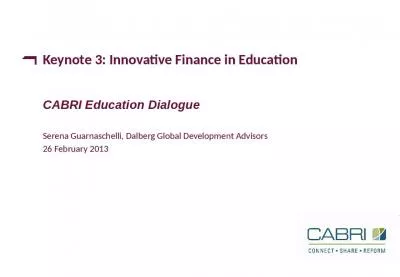PPT-Innovative solutions to climate finance: Blended Finance fo
Author : jane-oiler | Published Date : 2016-09-18
Blended Climate Finance IFC Climate Business October 15 2015 For further information Ricardo Gonzalez rgonzalez4ifcorg 2 BLENDED FINANCE IS ONE OF IFCS OFFERINGS
Presentation Embed Code
Download Presentation
Download Presentation The PPT/PDF document "Innovative solutions to climate finance:..." is the property of its rightful owner. Permission is granted to download and print the materials on this website for personal, non-commercial use only, and to display it on your personal computer provided you do not modify the materials and that you retain all copyright notices contained in the materials. By downloading content from our website, you accept the terms of this agreement.
Innovative solutions to climate finance: Blended Finance fo: Transcript
Download Rules Of Document
"Innovative solutions to climate finance: Blended Finance fo"The content belongs to its owner. You may download and print it for personal use, without modification, and keep all copyright notices. By downloading, you agree to these terms.
Related Documents

